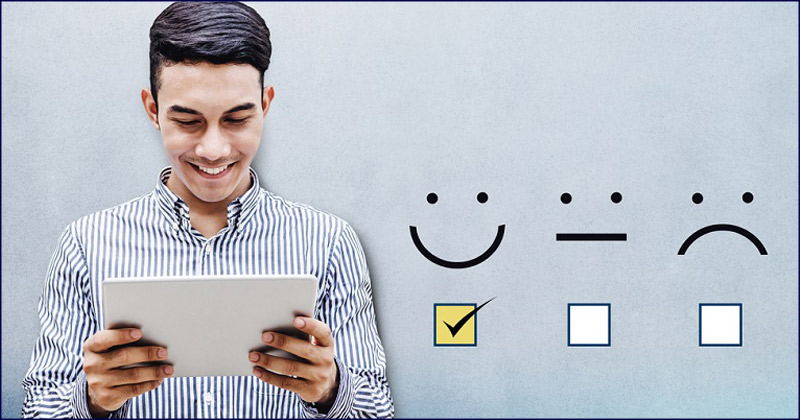The Fresh-Start Effect
Special occasions or temporal landmarks, such as a new year, or a birthday cause people to reflect on their lives in a big-picture way, which in turn inspires them to set goals for better behavior. This phenomenon is referred to as the fresh-start effect.
Examples of landmarks that trigger the fresh-start effect include the start of a new week, month, year, school semester, or birthday. Temporal landmarks that are personally meaningful, such as job changes, moving to a new city for the first time, and observance of public or religious holidays, can also cause this effect.
Most of us have ways that we’d like to improve (e.g., exercising more, eating healthier, putting more money aside for savings). We also remember times in our past when we’ve failed at those goals. Psychologists studying the fresh-start effect show that it works because highlighting meaningful occasions creates a clean slate for people to make better decisions. Temporal landmarks that signify a new time period—a fresh start– help us leave our missteps in the past and create an untarnished feeling for our present and future selves. This feeling opens the path for people to initiate goal-oriented aspirational behaviors.

The Fresh-Start Effect in UX Design
Here’s one obvious implication of the 9-enders phenomenon: if a site knows its users’ birthdates, then it could take advantage of that extra motivation that happens around end of a decade. (Of course, you shouldn’t force users to share their birthdates only for this purpose.) Fresh starts are a good opportunity to nudge users in a direction that is beneficial either for them or for the site: they may finally get to learn that foreign language, or sign up for that continuing education course, or hire a financial advisor.
To incorporate new beginnings as a way to encourage users to do something, start by considering what motivates your users.
1. Understand your users’ aspirational behaviors.
How do they want to improve themselves? Do their aspirations change depending on the time of year? It can help to think of the larger goal first, followed by behaviors associated with achieving that goal. For example, a goal might be to get finances in order. An aspirational behavior for that goal could be to commit to saving $X per month for retirement.
2. Connect your users’ motivations to what your company offers.
How does your organization help users pursue their goals? Remember that goals (and associated behaviors) exist in a range of contexts, such as physical health, educational, professional, and interpersonal goals. In which of those areas can your organization make a difference?
3. Pair your message with a temporal landmark.
Highlighting a new beginning reminds people that time has passed; they can start fresh and work towards their goals.

Below are a few other ways to incorporate the fresh-start effect in your designs.
• Time email messages to align with new beginnings. Consider pairing campaigns with special occasions, holidays, first-time experiences, birthdays, or other landmarks. The important thing here is to really know which occasions are most meaningful to your different audiences. Understanding your personas is key here.
• Adjust content and messaging to make temporal landmarks salient. Remember, the goal is to highlight the separation of the past from the upcoming new beginning. Small labeling and copy changes are often enough to distinguish an occasion from other ordinary events. For example, framing March 20th as “The first day of spring” creates a stronger temporal landmark than “The third Thursday in March.” Similarly, asking people to first reflect on why a landmark is meaningful primesthem to consider that landmark more significant.
• Combine campaigns or requests that connect meaningful events to aspirational behaviors.Take advantage of a landmark by promoting a related service or offering.
Conclusion
The fresh-start effect leverages peoples’ desires to distance themselves from an imperfect past self, and behave in line with a new, positive self-image, and therefore, take actions that support those aspirations. Designers can use this effect as a tool to encourage people to take desirable actions supporting wellness and self-improvement.
 Colleen Backstrom
Colleen Backstrom
Colleen Backstrom is Director of NeuroMarketing, Kaleidoscope, a global leader in applied NeuroMarketing for Digital. She specialises in creating B2B email and web campaigns and optimising Zoom/Teams selling by converting existing sales pitches to NeuroMarketing.

You’re never too cool to learn something new...
Never miss another NeuroMarketing update

Success! Thank you for signing-up
You'll never miss another NeuroMarketing update!
Stay updated on NeuroMarketing Events & Tips
Outsource your web and email marketing to us; we apply NeuroMarketing to your sales message to engage your client’s “buying” brain. And in an uncertain and emotional world - the perfect time and space in which to apply neuroscience - you now have the opportunity to make this year, your best year ever.
Kaleidoscope respects your privacy, view our Privacy Policy here
“One small POSITIVE THOUGHT in the morning, can change the entire outcome of your day.”
